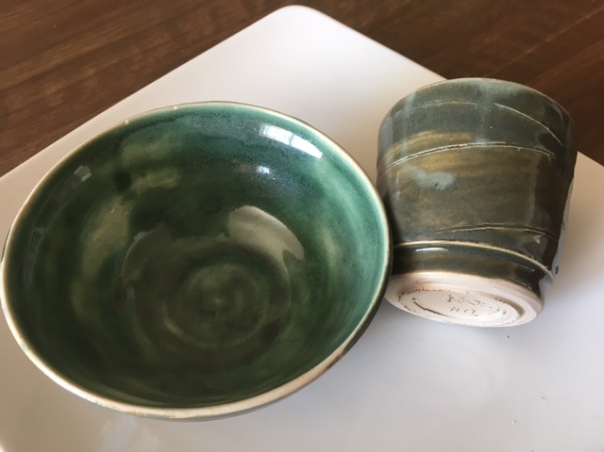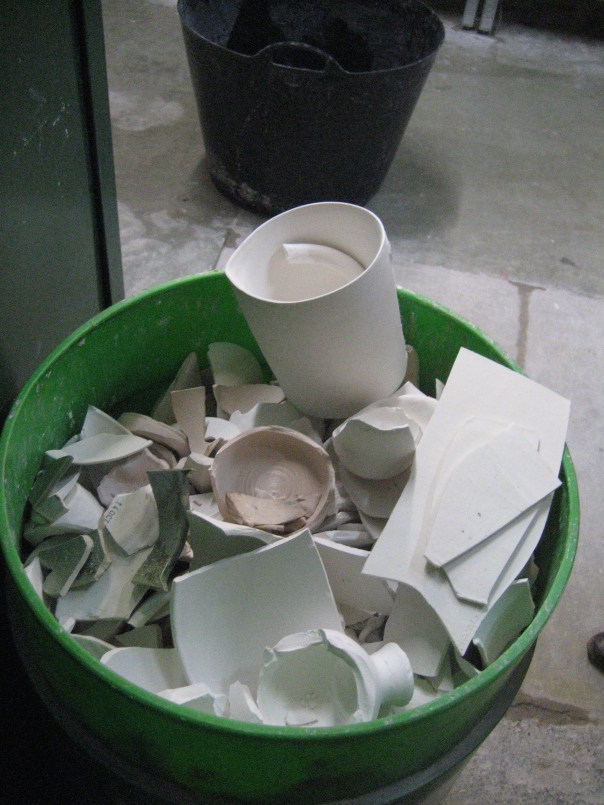A few days ago, I attended an event where a very well known British journalist, broadcaster and political aide was speaking. He is a polished and entertaining speaker. He illustrated his talk with anecdotes and stories from various high profile people ranging from Diego Maradona to Barack Obama, many of whom he had interviewed for his bestselling book about winning. It was as to be expected- a very successful event.
However, for me the unexpected star of that evening was the person, Gert, who organised the evening. The story of how this came about is also bizarre- it seems that Gert had been holidaying at a French ski resort when he came across this famous personality. Gert invited him to do a lecture. Upon return to the UK, Gert wrote to him but the broadcaster told him that he had never been to the ski resort in his life and worst of all, had never met him either. Not the person to give up, Gert thought that he had perhaps been forgotten but he persisted. However, the man was adamant. In the end, they both agreed that Gert had met a look-alike but to his credit, the broadcaster agreed to speak despite the mistake. So what did I learn from Gert and that evening?
First, a lesson about networking: that Gert had used an opportunity to make contact with someone and even though, this person turned out to be not someone he had thought to be, he still was able to create a connection. Your next business opportunity is more likely to come from a loose or weak connection (one of the many people you met at the recent event or at a ski resort) than from Jo/Joe in your office.
Second, lesson about persistence: Gert’s polite, humorous and optimistic way of being persistent was important factor. If either of them had lost their cool, it would have been an embarrassingly different story. So if you are going to be persistent, then use humour, politeness and humility- and know when to back off. Persistence is a game played on the edge of the card- if you’ve shown your trump card and that’s not worked, then it is time to leave. But with two seasoned networkers who respect each other, then like this evening showed, it can be a win-win situation for all.
Third, a lesson about creating something bigger: Gert didn’t just use that opportunity for himself but used it to bring the speaker to a wider audience. That included not just his own colleagues but also invitees such as me who had never had any interaction with him before. There is an expression in Buddhism called ‘Jigyo keta’ which roughly translates from Japanese as ‘benefiting oneself and benefiting others’. Any action that benefits you as well as others is a great success, a win-win event. Such successes also make you happier than ones just for your self only.
Gert is a typical example of an autotelic personality. The word ‘autotelic’ comes from the Greek words Auto, meaning ‘self’ and telos, meaning ‘goal’. Autotelic activity is about having a purpose in and not apart from itself. Applied to personality types, autotelic person is someone who does things for their own sake, rather than in order to achieve an external marker of success. The autotelic personality is a yin yang person- a combination of receptive qualities such as openness and flexibility; as well as active qualities such as engagement and persistence. To succeed in today’s world of chaos and complexity, it is essential to have an autotelic personality. In the cast of characters for that evening- the speaker, Gert and everyone who was involved, even the doppelganger- had autotelic personalities, otherwise the evening wouldn’t have succeeded!





